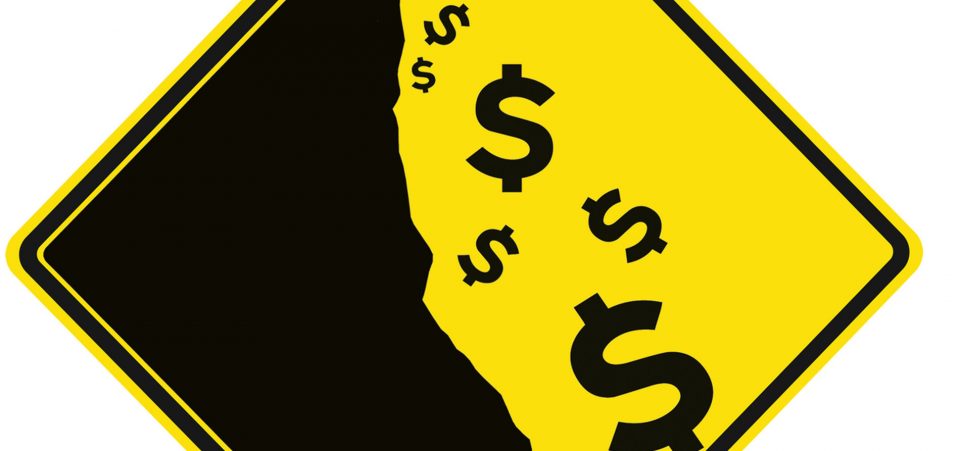These Factors Paint a Bearish Outlook for the U.S. Dollar
Investors need to pay close attention to the U.S. dollar. The greenback could lose a significant amount of value going forward. Be very careful.
There are three things that investors need to watch out for. They could be the catalysts that send the U.S. dollar tumbling in a very short time.
1. The Approaching U.S. Government Debt Ceiling
The U.S. government is reaching its debt limit very quickly. The treasury department has sent a letter to Congress, asking it to act on raising the debt ceiling as soon as possible.
As this is happening, we are hearing from credit rating agencies warning the U.S. government to act quickly. Fitch Ratings, Inc. was the first one to come out swinging at the U.S. government, stating that it could downgrade the country’s credit rating.
Then, just recently, Standard & Poor’s Financial Services LLC issued a dire warning. “Failure to raise the debt limit would likely be more catastrophic to the economy than the 2008 failure of Lehman Brothers and would erase many of the gains of the subsequent recovery,” said Beth Ann Bovino, the U.S. Chief Economist at “S&P Global Rating.” (Source: “Failure to hike debt limit could be ‘more catastrophic’ than Lehman collapse, says S&P,” MarketWatch, August 31, 2017.)
Here’s what we know: he debt limit will eventually be raised. But, prior to all this, given how the current U.S. administration has handled everything so far, we could see a lot of uncertainty. In the midst of it, watch out for the U.S. dollar. It could lose a lot of value.
2. The Federal Reserve
This has been said over and over again in these pages: the Federal Reserve is raising interest rates. But, as this is happening, the U.S. dollar is defying the odds. It’s declining in value. Year-to-date, the dollar has declined by more than 10% when compared to other major currencies. The U.S. dollar is one of the worst performing assets around.
If this continues, it could really spook investors and we could see them selling the dollar and moving toward another currency.
We could already be seeing this happening. As the U.S. dollar is down by close to 10%, the euro is up by over 12%, the Canadian dollar has increased by 8.5%, and Japanese yen has jumped by about six percent.
3. Central Banks’ Appetite for Other Currencies
From a much bigger perspective now…
Central banks around the world hold a lot of U.S. dollars in their reserves. It must be asked: “As the dollar is losing value against other currencies, could central banks be looking to diversify into other currencies?”
Also Read: Why Is the U.S. Dollar Dropping Like a Rock Against Other Currencies?
It’s possible.
Here’s something to consider: not too long ago, the Chinese renminbi (also referred to as the yuan) was added to the International Monetary Fund’s (IMF) special drawing rights (SDRs). Between the last quarter of 2016 and the first quarter of 2017, the IMF’s yuan holdings increased by almost five percent. That’s a massive quarter-over-quarter change. (Source: “Currency Composition of Foreign Exchange Reserves,” International Monetary Fund, last accessed September 1, 2017.)
We could be seeing central banks rushing to buy the currency in exchange for U.S. dollars.
U.S. Dollar Outlook: Don’t Rule Out Massive Decline Just Yet
Dear reader, looking at all of this, I can’t help but be pessimistic about the U.S. dollar. All I’m going to say here is, don’t rule out massive declines on the dollar just yet. I wouldn’t be shocked if we see the U.S. dollar index drop to 2008 lows.
Be cautious. Keeping a close eye on precious metals wouldn’t be a bad idea either. They tend to increase in value as the dollar declines.






